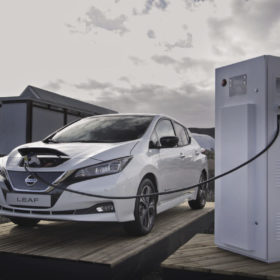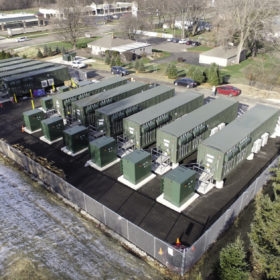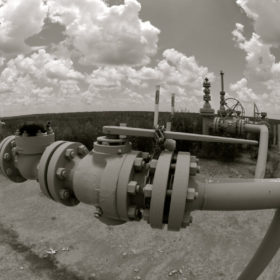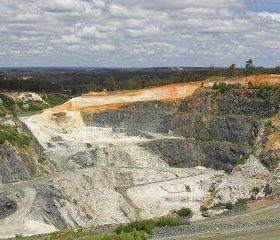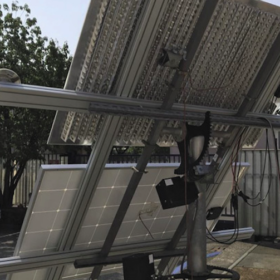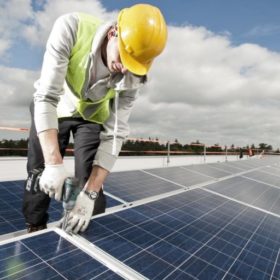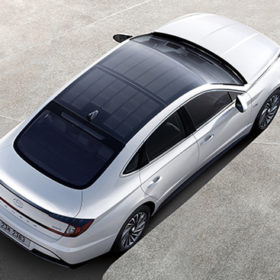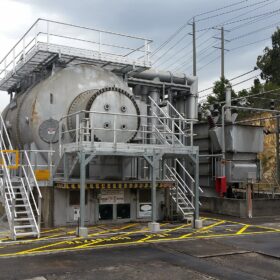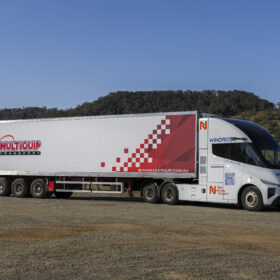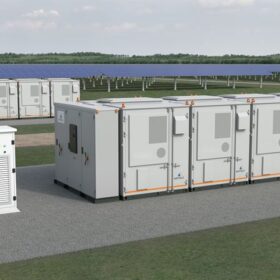SMA reports losses for first half of 2019
For the second half of the year, the German inverter producer expects a significant increase in revenues and earnings, mainly due to high order intake. It also confirmed its forecast for the full fiscal year, despite declining sales and sales in the first six months of 2019.
Wood Mackenzie expects more consolidation in inverter business
The research firm says the value of the global inverter market will continue to decline until 2024, even though shipments will likely increase. China’s recent policy changes have increased pressure on prices, which will contribute to greater consolidation in the sector.
‘Unprecedented’ collaboration between EV manufacturers could launch large-scale transition
Energy analysts from the United Kingdom have found that many of the world’s largest car manufacturers launching EVs, or looking to launch EVs, are engaged in an “unprecedented” level of collaboration in order to share the costs and risks inherent in EV development. Cornwall Insight found that the collaboration could see a major boom in supply from the early 2020s.
Utility scale, rather than behind-the-meter batteries will drive energy storage take-up – Bloomberg u-turn
The analyst has published its latest Energy Storage Outlook report and says large scale deployment will provide the majority of the 1,095 GW/2,850 GWh of battery storage worldwide in 2040, with prices driven down further by grid services demand and EVs.
19 plans to advance hydrogen show momentum is building across the globe
A report released by the Future Fuels CRC (FFCRC) details the work of 19 separate hydrogen roadmaps from around the world, showing the focus and drive towards a hydrogen future. While in sync in terms of forecasts suggesting large scale and rapid deployment of hydrogen technologies is expected from around 2030 onwards, the roadmaps seem to have been developed in isolation from one another, the report finds.
Lithium oversupply hurts Australian miners
With miners around globe stepping up their production capacities to cater to the demand of the electro-mobility and energy storage sectors, supply has outpaced demand leading to a steep decline in lithium prices. Amid slowing growth in China, a number of Australian lithium miners are hurting.
Long read: The importance of staying cool
‘Solar cells prefer to operate in a refrigerator,’ says UNSW Professor Martin Green. His global research team is now identifying viable ways to cool down solar PV modules while amping up energy production to an unprecedented level.
Tesla results: U.S. solar installations down, batteries up
Elon Musk’s EV and energy company is becoming increasingly irrelevant in the U.S. rooftop solar market, but battery sales are booming.
Global PV market: 114 GW to be installed in 2019, with continued growth onwards
According to the latest market forecast published by Wood Mackenzie, it seems that global PV installation figures will rise to 125 GW per year from 2020. Continued global capacity expansion will come in through a growing gigawatts-club.
Hyundai enters the solar car race with new Sonata
Hyundai has unveiled its new hybrid, the Hyundai Sonata, complete with integrated solar cells. The Sonata’s unveiling joins Toyota and Lightyear in integrating solar PV wth EVs.


